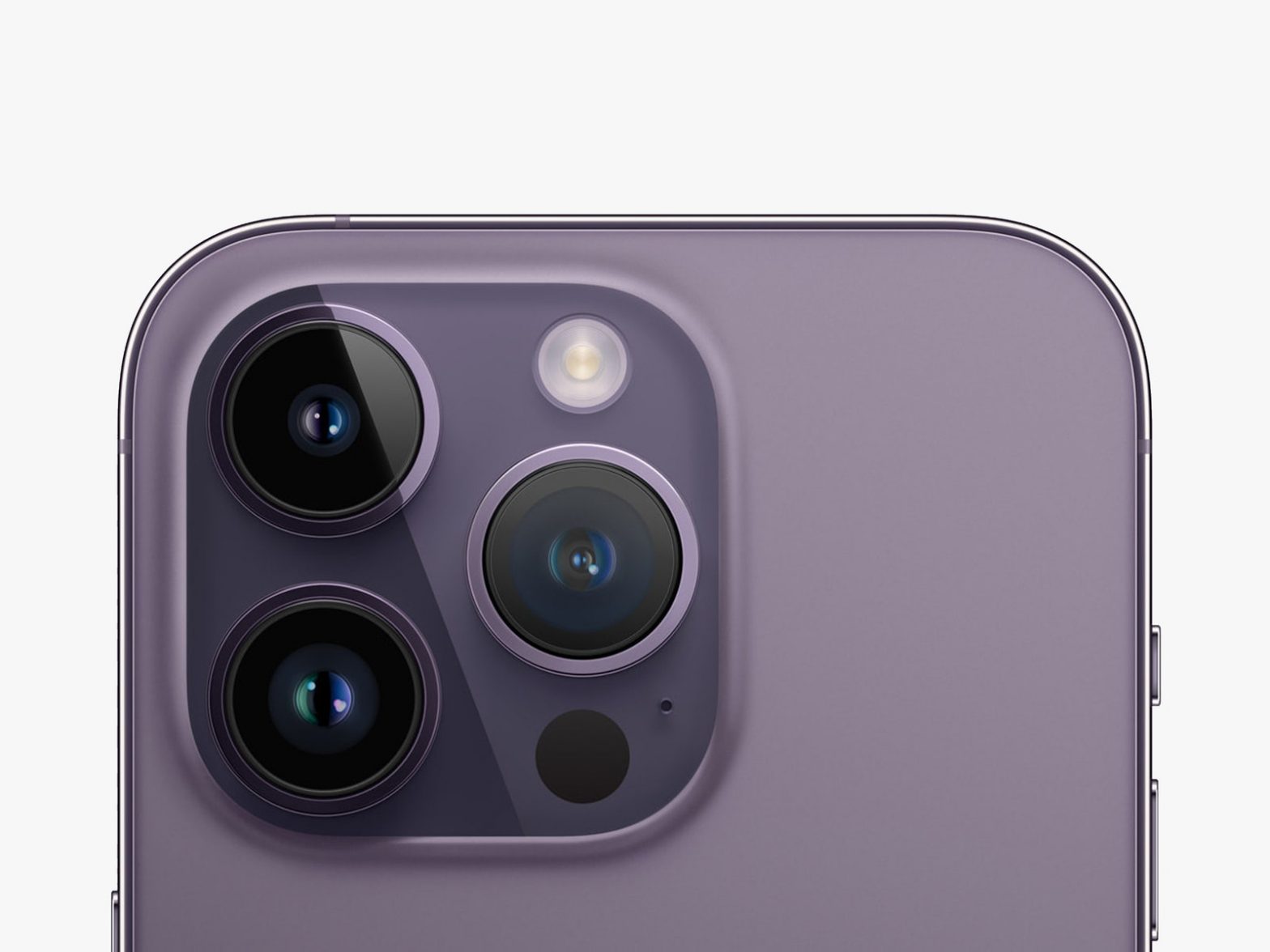It’s September, and you know what that means: iPhone season. Today, Apple held an event at its Cupertino, California, headquarters, where it unveiled annual updates to its mobile devices. There are four new iPhones 14, a more durable Apple Watch for adventure enthusiasts, and a new pair of AirPods Pro.
Here’s everything Apple announced.
iPhone 14 and iPhone 14 Pro
Did you like the idea of an iPhone Mini? Well, too bad. Apple has nixed its smallest phone in favor of a new iPhone 14 Plus, which sits a rung above the just announced iPhone 14 but below the top-tier iPhone 14 Pro and iPhone 14 Pro Max. Like its Pro Max sibling, the 14 Plus has a 6.7-inch screen. The standard-size iPhone 14 and iPhone 14 Pro have 6.1-inch displays.
Outside of this, most of the changes with this year’s iPhone lineup are coming to the Pro models. The infamous notch, for example, which housed the sensor components necessary for Face ID, has now slimmed down to a pill-shaped cutout in the same area, not unlike most modern Android phones. There’s now always-on display support, so you won’t have to tap your phone screen or pick it up to see notifications or the time of day.
The Pro models are also the only handsets to use the brand-new A16 Bionic processor. It’s the first time the standard non-Pro iPhones are sticking with a prior year’s chipset, but this is likely due to supply chain constraints and aimed at keeping costs low. The A15 Bionic in the iPhone 14 is still a super speedy chip, but you won’t get the very best performance.
The primary camera on the Pros will finally move away from 12 megapixels and will utilize a 48-megapixel sensor (a common trait among most Android phones). More megapixels doesn’t necessarily mean better photos, but it will let you capture more detail, and you can print your photos at larger sizes without losing sharpness. The Pro iPhones can also film videos in 8K resolution. That’s certainly more Ks than you need, but it might be handy for cropping into your footage without losing image quality—especially since the screens in most of our homes aren’t big enough to showcase the benefits of 8K resolution.
